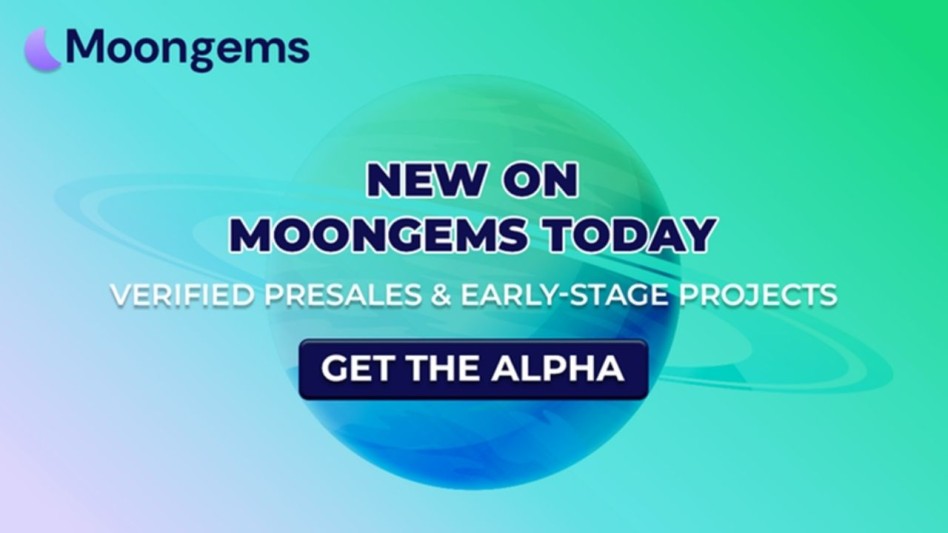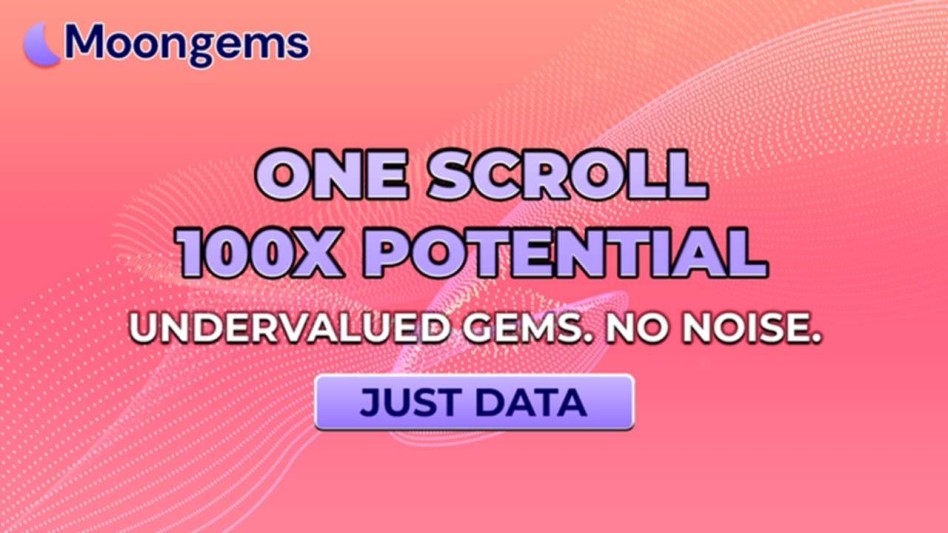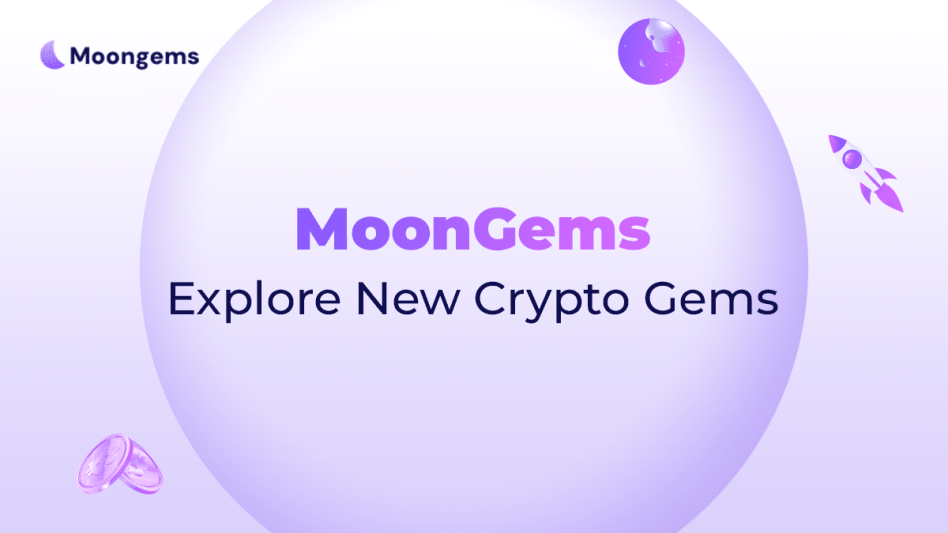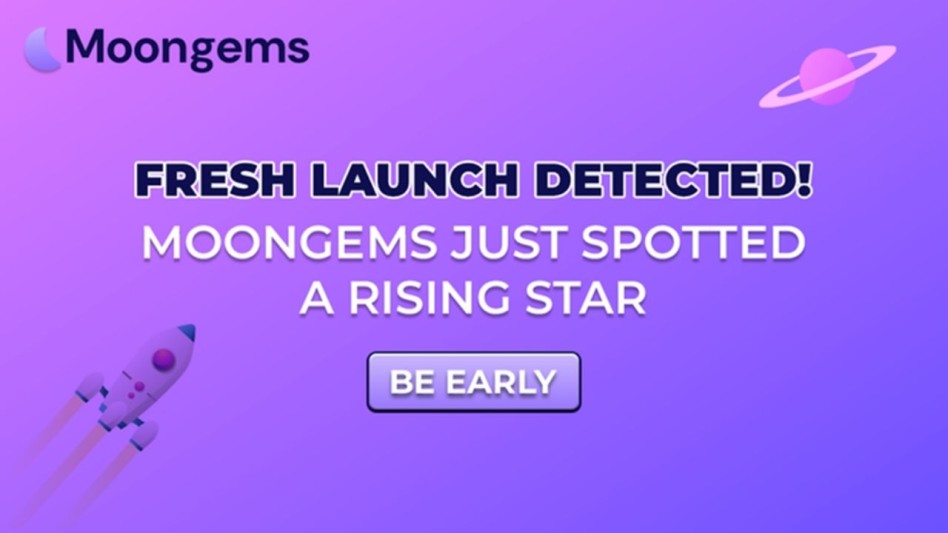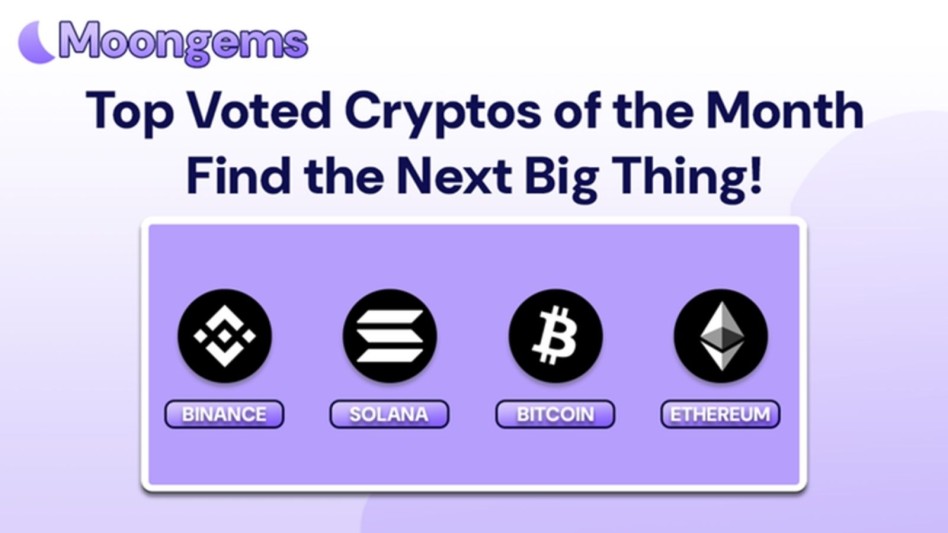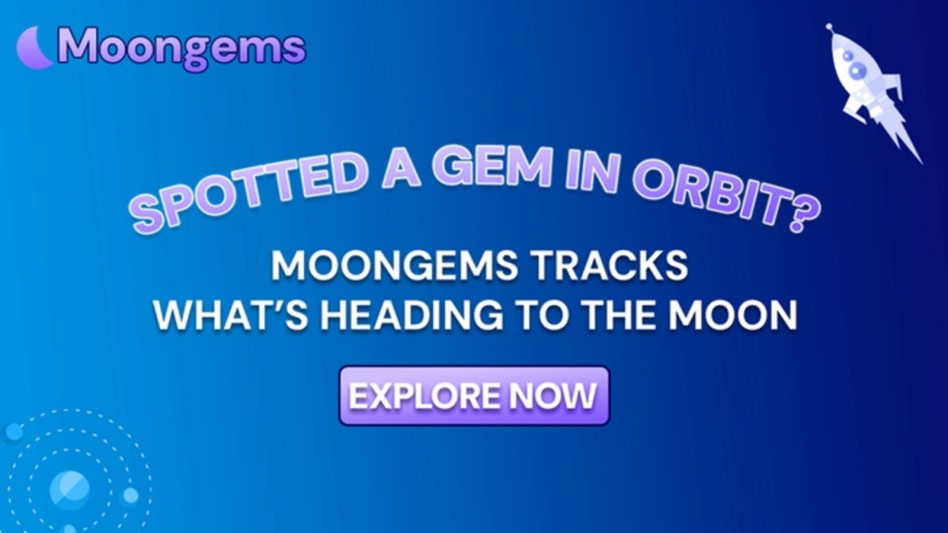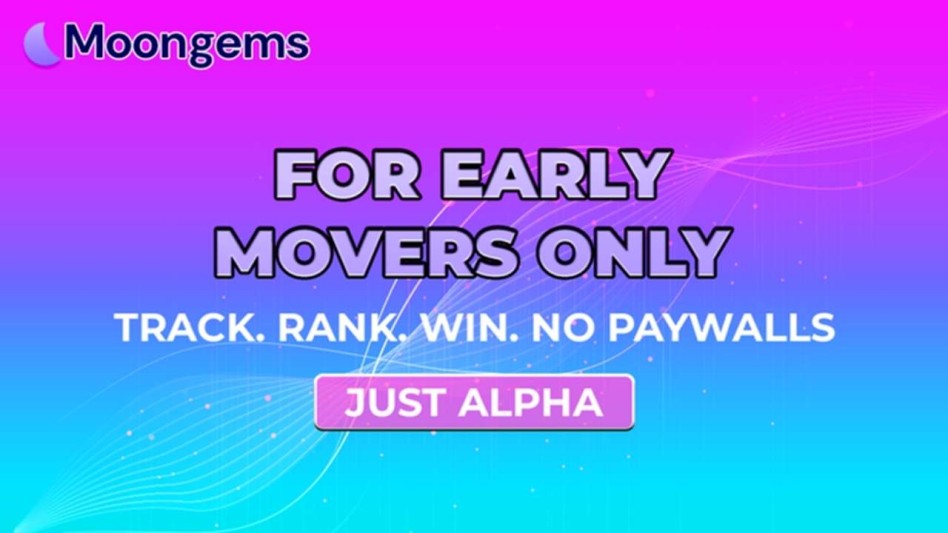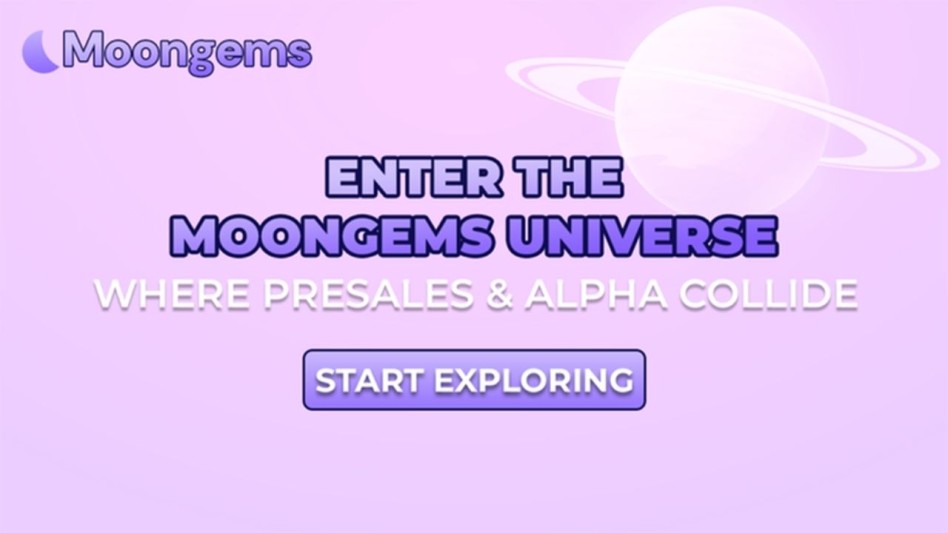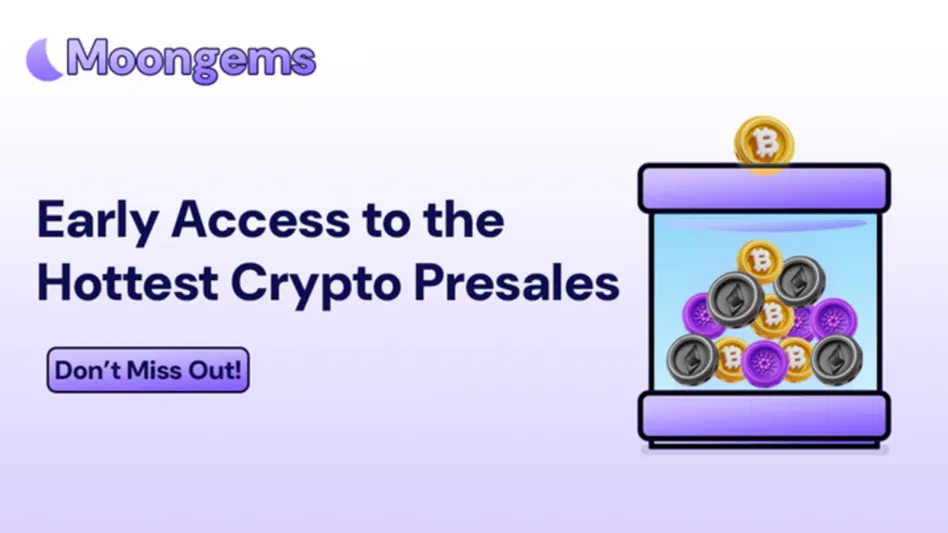Author: Jawad Hussain – Crypto Analyst & Web3 Researcher | 9+ years tracking presales, IDOs, and token launches. Follow him on Twitter and LinkedIn.
In the noise of crypto, the loudest projects aren’t always the most profitable. In fact, many of the best 100x plays started in near silence — trading under the radar, at sub-$5 million market caps, with barely 5,000 Telegram followers to their name.
In 2025, we’re back in a phase where early discovery beats late confirmation. You're probably late if you're still waiting for listings on CEXs or celebrity tweets. But the rewards can be exponential if you’re willing to dive into the data, tokenomics, vesting, utility, and social sentiment.
This guide will show you how to find low-cap gems with real potential, why under $5M is a magic threshold, and how to use MoonGems to track promising projects before the herd arrives.
Because let’s be real: you don’t want to read about the next 100x on Twitter — you want to buy it before it trends.
Why Market Cap Under $5M Is the Sweet Spot for 100x Potential
Most retail investors focus on price, but market cap is the real metric that determines upside. Here’s why sub-$5M caps are so important:
- Room to Run
A token at a $1M–$5M market cap has a massive ceiling. Even hitting a modest $100M cap (achievable during bullish phases) gives you 20x–100x upside, without needing meme-level virality. - Still Off Most Radars
Most CEXs won’t list coins under a $10M market cap. That means you're getting in before large inflows. If you’ve done your research, this is a prime position. - Community-Focused Growth
Many sub-$5M tokens are still building their communities. Early adopters often get to shape governance, win airdrops, or gain preferential staking rewards, adding to your ROI. - Whale Entry Zone
Smart money (including angel investors and syndicates) loves this range. It’s low enough to enter without too much capital, but high enough to show traction and execution. - Token Unlock Stability
Early on, these tokens often have strict vesting schedules in place, meaning you’re less likely to face sudden team or investor dumps. MoonGems tracks these token schedules to help reduce your downside risk.
How to Identify a Real Hidden Gem (And Not Just a Rug in Disguise)
Finding a microcap with potential isn’t just about hope — it’s about methodology. Here’s a detailed checklist you can use:
- Fully Diluted vs. Circulating Market Cap
If the market cap looks low but the circulating supply is tiny, you're not getting the full picture. Check the FDV (Fully Diluted Valuation) and compare it to what's actively trading. - Liquidity Pool Size and Lock Status
Low-cap tokens need liquidity to survive. If a project has <$100K in liquidity and it’s not locked, you’re at risk. Tools like MoonGems highlight LP status and lock duration. - Unique Utility or Positioning
The project must solve a problem or serve a niche that isn't already saturated, whether it’s AI x DePIN or cross-chain stablecoin routing — niche + need = opportunity. - Early Adoption Indicators
Look for pre-viral traction, such as GitHub commits, newsletter subscribers, community testnet users, or Dapp usage. These are better signals than Telegram member counts. - Transparent Team and Roadmap
Even in microcap land, a public team or verified advisor adds confidence. No whitepaper? No GitHub? No roadmap? Move on. - Tokenomics With Vesting + Burn
Ideal hidden gems feature some form of deflationary pressure, like burn mechanics, paired with long-term vesting to avoid early dumping. - Not Yet Listed on Major Aggregators
If it's not on CMC or CoinGecko — but is on MoonGems — you’re ahead of the pack. That window is where outsized gains are made.

Current Low-Cap Hidden Gems to Watch (2025 Candidates)
Below are examples of low-cap tokens under $5M (at time of writing) that have strong fundamentals and early traction:
1. Alephium (ALPH)
A high-throughput Layer 1 using Proof-of-Less-Work (PoLW) for scalable and energy-efficient consensus.
- Market Cap: ~$4.6M
- Use Case: Fast, scalable smart contracts with DeFi capability.
- Why It’s a Gem: Strong dev activity, working chain, and focused narrative.
2. Radix (XRD)
An L1 platform emphasizing composability and developer experience with a new smart contract language, Scrypto.
- Market Cap: ~$4.2M
- Use Case: Safer, modular DeFi with smart contract flexibility.
- Why It’s a Gem: Developer tooling is top-tier, and community engagement is growing.
3. Saito (SAITO)
A novel web3 layer that allows Dapps to run without needing wallets, tokens, or block producers.
- Market Cap: ~$3.7M
- Use Case: Blockchain for open internet protocols.
- Why It’s a Gem: Radical vision, unique infrastructure focus, strong GitHub presence.
These are examples of what MoonGems surfaces through early signal monitoring, tokenomics filters, and narrative tracking — before they go mainstream.
Final Thoughts: If It Feels Too Early — That’s the Signal
Finding a hidden gem isn’t about confirmation. It’s about conviction before the crowd. If your research, logic, and gut align — and the fundamentals check out — don’t wait for influencers to tell you it’s time.
In 2025, when macro volatility is high and altcoin liquidity comes in waves, the real winners will be those who built their portfolio on underpriced tokens with real foundations.
Use MoonGems to uncover these opportunities early. Because once they hit Twitter trends and CEX listings, the 100x becomes a maybe 2x.
Frequently Asked Questions (FAQs)
- What defines a hidden gem in crypto?
A low-cap token (often under $5M market cap) with strong fundamentals, early traction, and growth potential — but not yet widely known. - Why is under $5M market cap ideal for high ROI?
It offers the most upside with minimal capital — a 100x move from $1M to $100M is much easier than from $100M to $10B. - How do I spot scams among low-cap tokens?
Check for locked liquidity, transparent tokenomics, real developer activity, and verified team presence. - Are all microcap coins risky?
Yes — but with strong research and filters (like those on MoonGems), you can manage risk and increase odds of success. - What role does community play in early-stage tokens?
A growing, engaged community is a strong signal — but it must be paired with tech delivery and transparent comms. - How early is too early to buy a hidden gem?
If there’s no product, no whitepaper, and no roadmap — it’s probably too early. Use MoonGems to spot real milestones. - Do token burns matter for low-cap gems?
Yes — burns reduce supply and increase scarcity, which can support price growth if the project gains traction.
Glossary of Terms
- Market Cap: Total value of a token’s circulating supply.
- FDV (Fully Diluted Valuation): Total value if all tokens were in circulation.
- Low-Cap Token: A token with a market cap under $10M, usually higher risk but higher upside.
- Liquidity Pool (LP): Capital available for trading a token, often held on DEXs.
- DePIN: Decentralized Physical Infrastructure Networks — blockchain-powered real-world services.
- Microcap: Very low-cap tokens, often sub-$5M, that carry high volatility.
- DCA (Dollar Cost Averaging): Investing at regular intervals to reduce volatility impact.
- CEX: Centralized Exchange, like Binance or Coinbase.
- Vesting: Scheduled release of tokens to prevent large dumps.
- MoonGems: A platform that highlights early-stage crypto projects and hidden gems before they go mainstream.
Disclaimer
This content is for informational purposes only and does not constitute financial advice. Investing in crypto presales carries risk, including potential capital loss. Always do your own research (DYOR) and consult professional advisors before participating in early-stage investments.



